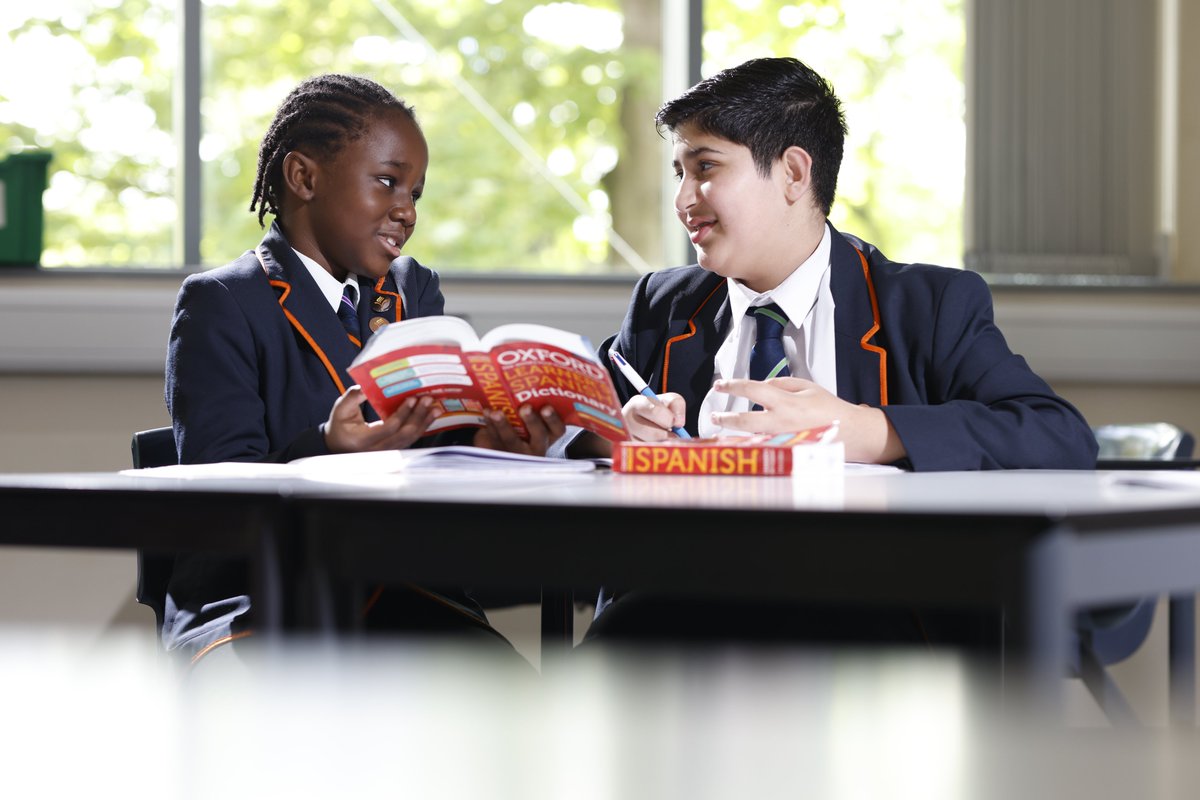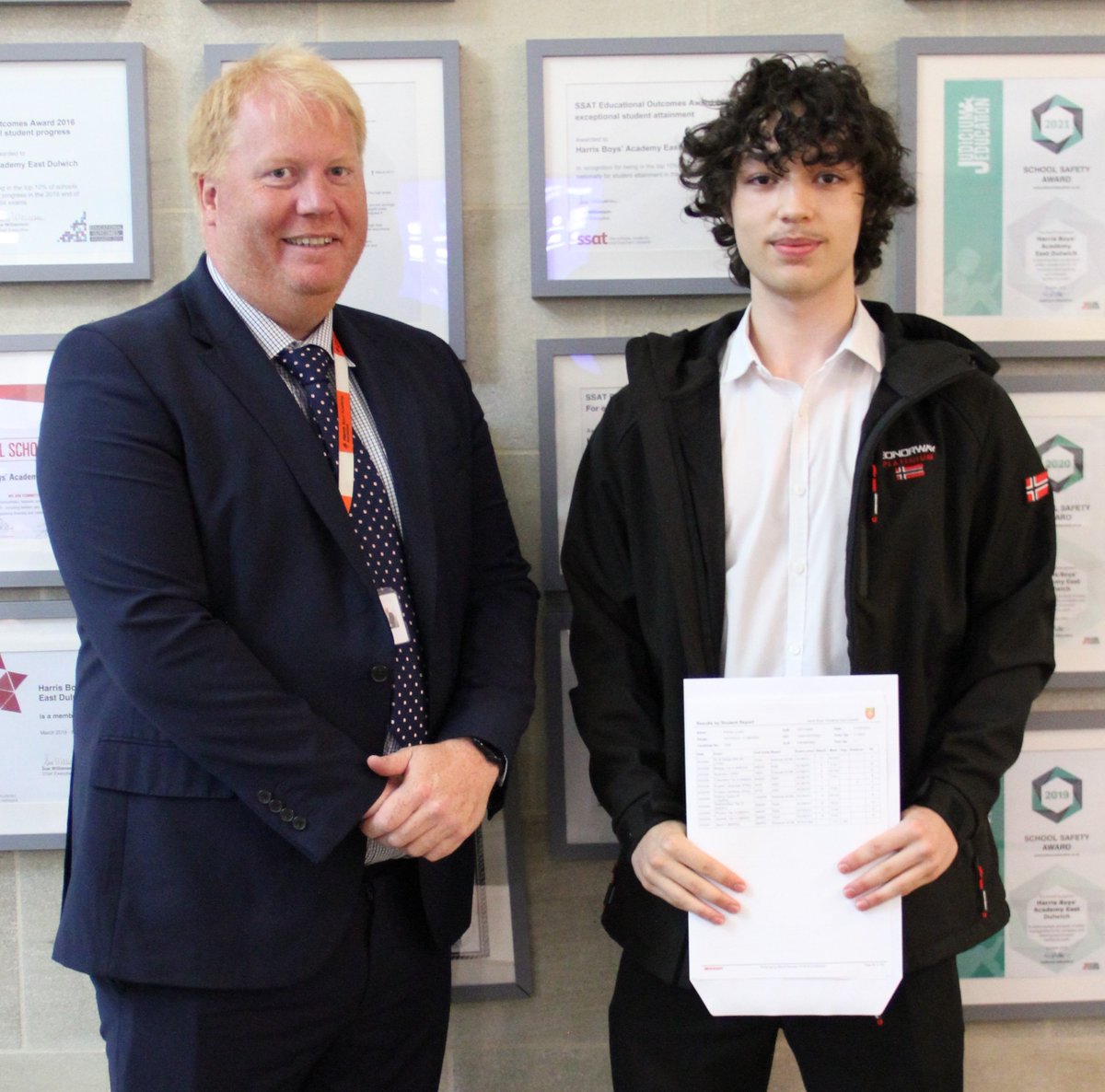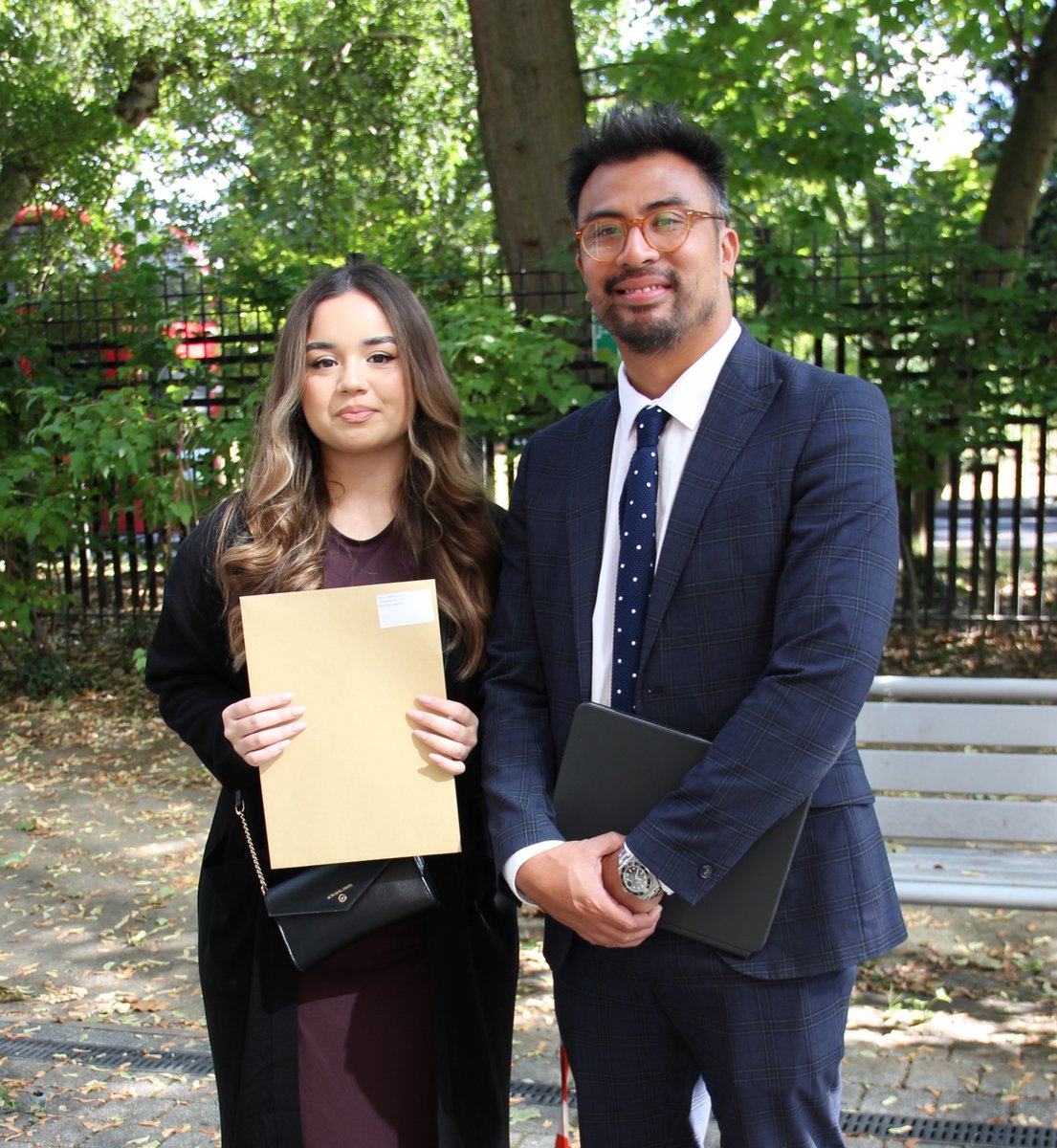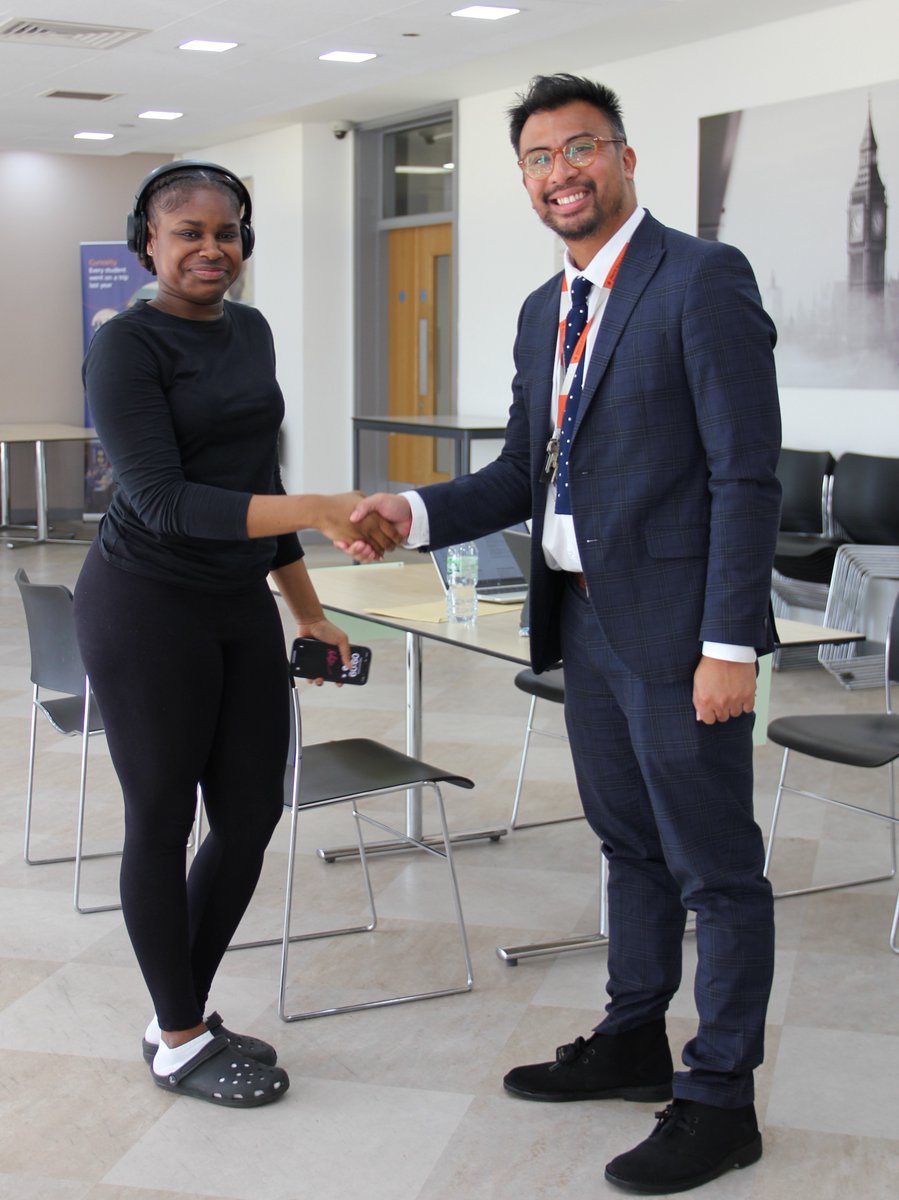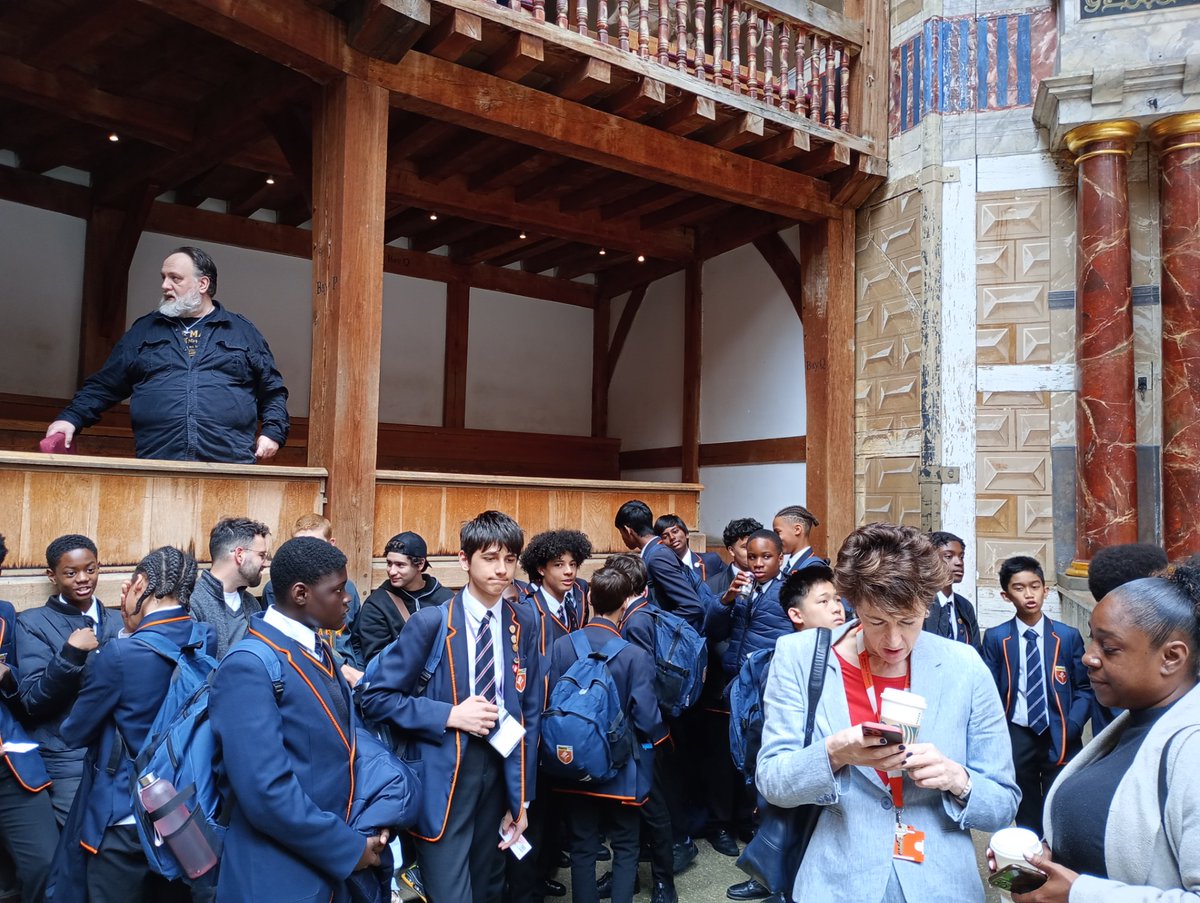Latest News
Posted on February 8th 2022
Our History Trip To Ironmongers' Hall - Student Responses
 Read what boys have written about their recent visit to Ironmongers' Hall, where they learned about its history, the art, the people, the politics and were even lucky enough to visit the hidden vault!
Read what boys have written about their recent visit to Ironmongers' Hall, where they learned about its history, the art, the people, the politics and were even lucky enough to visit the hidden vault!
The trip was led by Chief Executive, Colonel Charlie Knaggs, and Melissa-Jo Smith, Director of Illuminated Arts CIC, who enabled this wonderful opportunity.
"I’m feeling really boosted by the energy and intelligence of the wonderful Harris boys," said Melissa.
"There were so many excellent questions, and they expressed their opinions so eloquently - I’m still thinking about it and absorbing the day. For instance, they asked, 'should we be ashamed of our history?' and 'do we have to hate people?'. They really got to the emotional heart of the issues."
Students were selected by their English teachers or had been part of the original Hidden History Club, which you can read more about here.
Some of our students' responses to the day
Iron trading in the 1300s
By Joshua A, Year 9
On Friday 28th January, a few boys, including myself, from Harris Boys' Academy were selected to go on a trip to Ironmongers' Hall. The purpose of the trip was to expand our knowledge of how life was for iron traders in the 1300s.
At first, we took a tour of the court room and we learnt that there were separate roles with the top one being a Master. To become a Master, you must first go through the ranks each year. These roles convert to seats, the further up your seat the higher your rank was.

We spoke about why the company was founded and discovered that it was because over 700 years ago trading iron was an important thing and after it became a ‘trend’ citizens from Kent found a way to cheat the system. They started to make smaller iron for cheaper prices driving others out of business. After a while of this going on a few people decided that they had enough and created an informal group where they supported each other and had minimal rates for iron to ensure that everyone had a fair shot of selling Iron.
We then went on to see an old tool they used to vote with. It was called a ballot box and it was created with the sole purpose of making voting anonymous. As a demonstration, we voted to see if the Ironmongers Hall was to be knocked down. I found that interactive experience more enjoyable as it managed to entice myself and others into wanting to know more.

Later, we had a debate on whether a former slave trade owners' statue should be knocked down. The reason there was such hesitation was because he was vital to the Ironmonger's Hall and all it had accomplished. There were some interesting Ideas on what we could instead of taking it down because we decide to focus on the good, he did more and not let the negatives outshine them. Personally, I concluded that it should not be taken down but instead put a blank mask on him to represent a clean slate or start for the Ironmongers Hall.
By Joshua A, Year 9
"My mind was literally full of the history of the masters and the hall"
By Abdurrahim
By IronHeart (Ferrum Cor), this piece is devoted to the perseverance, tenacity and resilience of the Ironmongers. The salamander represents immortality, rebirth, passion, and the ability to withstand flames. They’ve been here for centuries and withstood many (bombs included). Therefore, this piece is called “Iron heart”. Strong as iron. With a heart of fire.
The experience vastly changed my perspective on history. On life. When I was first in the group, I was a bit apprehensive regarding on how much I would benefit from this. I was completely wrong. My academic horizons have expanded broadly, I’ve learned so much through independence work and working on my own has really helped me realise what happens in society.

This group was first founded by a group of people who working in the iron industry. With people moving in from Kent they were having trouble in business. With Kent selling less iron at a cheap price the people of London were having troubles. To solidify their success, they formed a consensus of the ironmongers. If one was running low on iron or money the other group would provide. They each supported one another to certify their place as one of the biggest iron sellers in England.
Being personally toured by Sir Knaggs was the best thing we could’ve asked for. What is better than being taught by the current clerk? At the end of the tour, my mind was literally full of the history of the masters and the hall. This trip was truly fascinating. The company has fared since 1300’s, built two halls and became the 11th greatest firm in England. Their courtroom is exceptional (and I even got to sit in the master’s chair!).

Melissa Jo and the group discussed about the statue of Robert Geoffrye. It was intriguing on how we should commemorate those depending on the work they’ve done- good or bad.
Ultimately, if I had to reflect, I would do this again I’ve learnt so much and my understanding has changed for the better. Some say history has one side but there are multiple sides so many different ideas about what’s happening: why it’s happening and how it’s happening. I would like to thank everyone for giving me this opportunity THANK YOU SO MUCH EVERYBODY.
By Abdurrahim
"We voted on whether the hall should be knocked down"
By Stanley, Year 9
The other day, I and 20 others visited the heart of Central London (near the Barbican) and the start of the great iron industry we rely on without knowing today. Still standing today the Ironmongers' Hall is home to the Ironmongers Company.
My piece of art incorporates some key elements of the Ironmongers Hall experience. Some of these key aspects are a sword, a treasure chest, the crest of arms, a mallet and a salamander. Each one represents the hall's history and why it was so unique. For example, the salamander is visible hundreds of times as you walk around the hall. In the olden days, they were seen to be immune from fire, therefore representing the resilience of the ironmongers.

I also incorporated the chest we started the tour off with, where they would keep their precious treasures safe during the wars. The sword in the drawing is a signification of knighting all ironmongers that join the Hall as well as some special guests such as Prince Phillip. One final example is the mallet which signifies law and order as well as the decisions that are made in this historic hall.
I thoroughly enjoyed the ‘Ironmongers Experience’ as I learned loads about the company’s history is a fun, engaging manner. We were greeted by the Clerk himself (Charlie Knaggs), as a current Ironmonger, Melissa (the person who made this all possible) and a few household staff who were friendly to us the whole way through.
We went around for a tour of the hall, and it was interesting to see parts of the old hall incorporated in the architecture. We saw remnants of the old hall such as the fascinating and beautiful stained glass.
We also voted on whether the hall should be knocked down using their voting system, and fortunately it was voted (by only 1 vote!!) that we should keep it. We found out that the reason for the start of the company in the 1300s was because most of the Iron back then came from the Kentish countryside and Germanic lands. The London Ironmongers found that traders from Kent came to London to sell their iron for cheaper prices and not as good quality iron. They came together as a sort of union so that they could all sell their iron for fair prices, and they would help each other throughout the financial loses.

I found the voting system extremely interesting. It consisted of just a standard wooden box in which one route signified a vote for ‘yes’ and the other a vote for ‘no’. We each got a marble and placed it discreetly down the route of the vote we chose. Another, secret bit of the Hall was downstairs where they keep trophies, and very secret documents concerning the hall's history. Furthermore, we learned about the influential people in the Ironmongers Hall such as Robert Geffrye and former Clerks.
And finally, we ended on a debate about whether slave owners’ statues should be knocked down. The overarching argument was that they should stay up because we can’t shy away from our history, but we should alter them in some way, so they don’t get as much glory. I believed that we should remove the face of the statue because they don’t deserve the praise for slavery.
Another interesting point was we should alter the statue in a way that showed both sides of him both philanthropic and the bad they did in plantations. My favourite room was the banquet hall where we ‘feasted’!
To summarise, I really enjoyed this once in a lifetime experience, and anyone that gets it should not turn it down! It really blew my mind and left me speechless for the fascinating history of the company. Thank you to everyone at the hall that does charitable work and made 2022 start off with a BANG! It was particularly special for eight of us because we had previously done a project for them (Hidden Histories). THANK YOU EVERYBODY!
By Stanley, Year 9
"An exceptional, exclusive, exciting experience"
By Syria, Year 9
The Ironmongers Hall was an exceptional, exclusive, exciting experience. We went in through to this narrow and slim pathway. But once we entered the hall was grand, it had a dark oak on the floor boards and massive beams to each side.
After rounding us up [the Clerk] later explained why the entrance is narrow as years ago they wanted to destroy the hall to create a museum. Luckily someone came up with the idea to build around the hall. The first ever hall was developed some time in the 1400s but the one now has lasted just under a century.

After that we went into the “court room” they use this room to make majority of the companies’ big decisions. The iron mongers have created the own system for the board. Each year you work your way around the standard chairs, but there are four key ones: Masters, Senior Warden, Junior Warden and the Clerk. The first three have the role of the judge listening to each point and creating a main yes or no question, where everyone is given the same colour marble and they have a wooden voting poll. Once this has commenced the Clerk is trusted to count up. They vote so they can take action. Furthermore, the Clerk's job is to run the company under the board and the Clerk will be given updates at their monthly meeting.
Next was lunch. We were brought to the beautiful banquet hall with gigantic and elegant paintings of kings and queens, also others which interpreted the hall's features. We had a great time in there and it was a perfect break after are talks and debates.
Finally we taken to Robert Geffery’s statue. This is where we had my favourite discussion. Robert Geffery owned plantations and majority of all of his money was from those plantations. But he used that money to build alms and give it away to get liked by the people, so they asked us the question should his statue stand in the hall, as this is one of the things they will be talking about in their next meetings.
While the majority believed it should go down, a small amount thought it should stand. They wanted it to stand as a replication of our history and what we have done. Though guilty, it can stand as a reminder of where we have been and what we have done and by taking it down we are trying to hide the fact we did it. Though the other point of view was that we should take it down. even though he was helping out charities and giving away money it was gained from something terrible and taking it down isn’t us shying away from what we have done but showing that its not us anymore, in terms of shedding our old skin. As the Company has stood for many years and for it to stay for longer it needs to move in the right way and this is a step towards it.
All in all, it was an amazing trip that I wouldn’t trade for the world and I really couldn’t thank the staff enough for keeping us safe and showing us around and for setting up Hidden History Club. It was great seeing how big the hall really was and the history and hardships the company has been through and how it has overcome these barriers. Thanks to everyone involved and I hope this isn’t the last time I see the hall and everyone. Maybe I'll be a Master or even Clerk one day.
By Syria, Year 9







